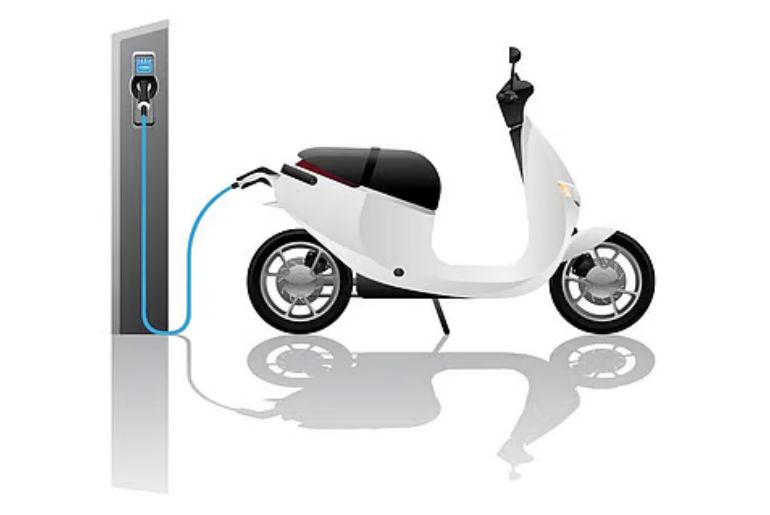The Reserve Bank of India (RBI) has highlighted the crucial role of state-level subsidies and incentives in accelerating the adoption of electric two-wheelers across the country. The report shows a clear trend: states that provide targeted financial support—such as direct purchase subsidies, tax concessions, and registration fee waivers—are leading in EV adoption, while states lacking such measures continue to lag behind.
According to the RBI, affordability remains one of the biggest barriers to EV adoption in India. Despite declining battery costs and growing consumer interest, electric two-wheelers are still priced higher than their petrol counterparts. Subsidies help bridge this cost gap, making EVs more accessible to middle-income buyers, who form the bulk of India’s two-wheeler market.
The report further explains that financial incentives alone are not enough. States that pair subsidies with investments in charging infrastructure, dealer networks, and consumer awareness campaigns are witnessing faster adoption rates. For example, regions offering both upfront subsidies and a robust charging ecosystem are emerging as leaders in EV penetration, as buyers feel more confident about long-term usability.
The RBI also pointed out the broader economic and environmental benefits of EV adoption, including reduced dependence on imported crude oil, lower carbon emissions, and improved air quality in urban areas. As India pushes toward its 2030 target of achieving 30% EV penetration in new vehicle sales, the report emphasises the need for greater coordination between central and state governments to sustain momentum.
Industry experts believe that expanding subsidies, along with long-term policy stability, will be critical for building consumer trust and accelerating mass adoption. The report concludes that a combined strategy of fiscal incentives, infrastructure expansion, and policy reforms is essential to make India a global leader in electric mobility.

